Home>Furniture & Design>Interior Design Trends>What Is The Main Ingredient In Glass?
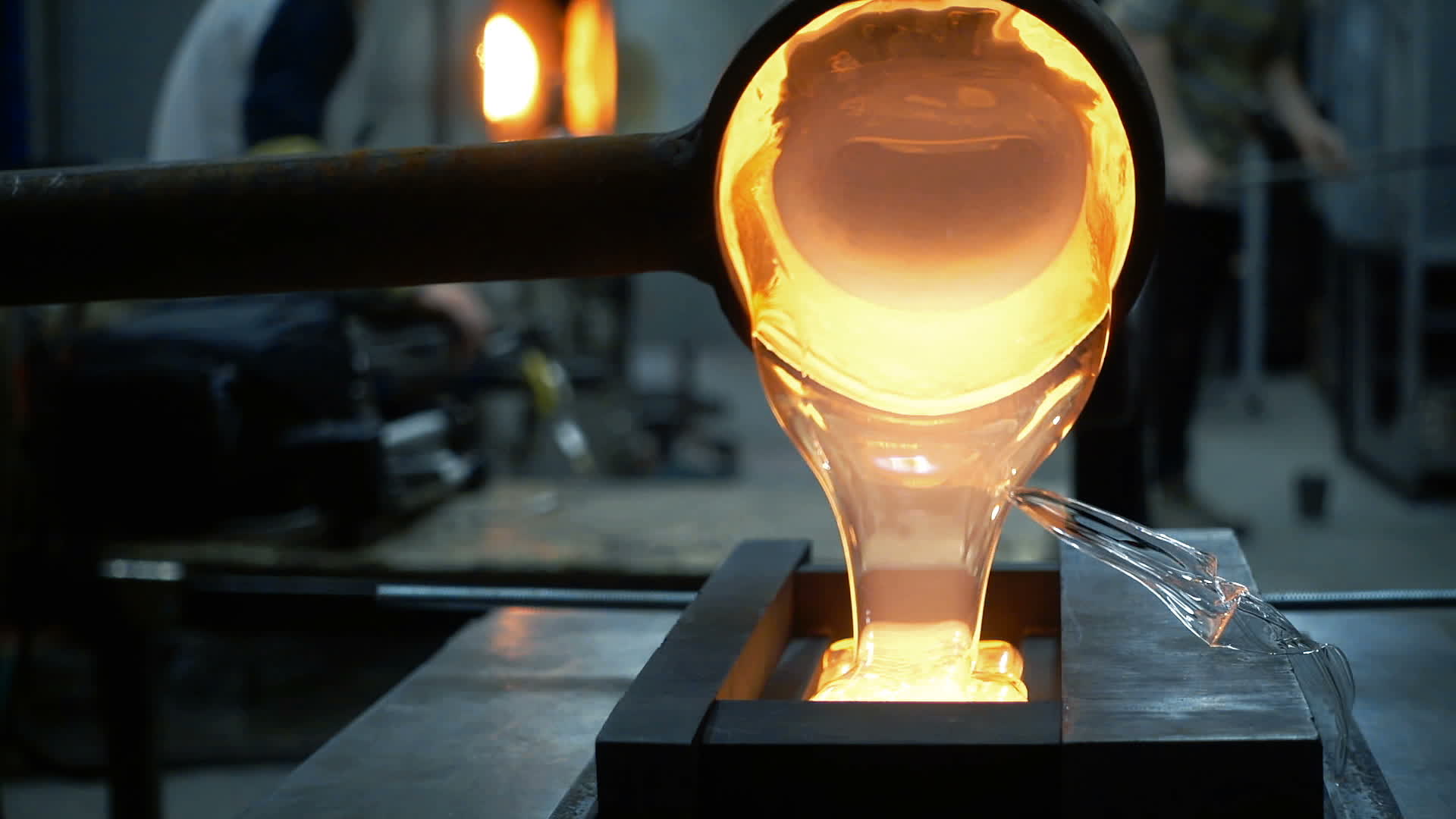

Interior Design Trends
What Is The Main Ingredient In Glass?
Modified: February 18, 2024
Discover the latest interior design trends and learn about the main ingredient in glass. Stay ahead with the latest in interior design.
(Many of the links in this article redirect to a specific reviewed product. Your purchase of these products through affiliate links helps to generate commission for Storables.com, at no extra cost. Learn more)
Introduction
Glass is a ubiquitous material that we encounter in our daily lives, from the windows that allow natural light to filter into our homes to the sleek screens of our smartphones. It is a material that is both practical and aesthetically pleasing, offering transparency, durability, and versatility. But have you ever wondered what the main ingredient in glass is? The answer lies in the fundamental composition of this fascinating material.
Glass has been a part of human civilization for thousands of years, with evidence of its use dating back to ancient Mesopotamia and Egypt. Over time, the art and science of glassmaking have evolved, leading to a deeper understanding of its composition and properties. At its core, glass is a fusion of natural elements that undergo a transformative process, resulting in a substance that is both fragile and resilient.
In this article, we will delve into the composition of glass, exploring the main ingredient that gives it its unique characteristics. By understanding the essential components of glass, we can gain a deeper appreciation for this remarkable material and the intricate processes involved in its creation. Let's embark on a journey to unravel the mysteries of glass and discover the key ingredient that forms its foundation.
Key Takeaways:
- Glass is mainly made of sand, with silicon dioxide as the key ingredient. When heated, it transforms into a transparent and durable material, allowing for diverse colors and textures.
- Other ingredients like soda ash and limestone enhance glass properties, making it versatile for art and practical use. The synergy of natural elements and human ingenuity shapes the enduring beauty of glass.
Read more: What Is The Main Problem With Stucco?
The Composition of Glass
Glass, a material that has captivated human imagination for centuries, is a fusion of natural elements that undergo a transformative process, resulting in a substance that is both fragile and resilient. At its core, the composition of glass is a delicate balance of various ingredients that contribute to its unique properties.
The primary ingredient in glass is silicon dioxide, also known as silica. This abundant compound is derived from sand, making it a crucial component in the production of glass. When heated at high temperatures, silica undergoes a process called vitrification, where it transforms from a crystalline state to an amorphous, or non-crystalline, structure. This transformation is the key to the formation of glass, as it allows the material to achieve its characteristic transparency and hardness.
In addition to silicon dioxide, glass often contains other essential ingredients to modify its properties. One such ingredient is soda ash, also known as sodium carbonate, which lowers the melting point of silica, making it easier to work with during the glassmaking process. Another common additive is limestone, which helps stabilize the chemical structure of the glass and enhances its durability.
Furthermore, glassmakers may introduce various metal oxides into the mix to impart specific characteristics to the glass. For instance, the addition of cobalt oxide can produce a deep blue hue, while the incorporation of iron oxide results in a greenish tint. These metal oxides allow for a diverse range of colors and textures in glass, expanding its aesthetic possibilities.
The composition of glass is a testament to the intricate interplay of natural elements and human ingenuity. By harnessing the transformative power of heat and carefully balancing the proportions of key ingredients, glassmakers create a material that is both functional and visually captivating. The composition of glass serves as a reminder of the remarkable synergy between science, art, and nature, culminating in a substance that has stood the test of time.
In the next section, we will delve deeper into the role of silicon dioxide as the main ingredient in glass, shedding light on its pivotal contribution to the properties of this versatile material.
The Role of Silicon Dioxide
Silicon dioxide, also known as silica, serves as the cornerstone of glass production, playing a pivotal role in shaping the fundamental properties of this versatile material. Derived from sand, silica undergoes a transformative process when subjected to intense heat, leading to the vitrification that is essential for the formation of glass.
The unique molecular structure of silicon dioxide is a defining factor in the transparency and hardness of glass. In its natural state, silica exists as a crystalline compound, characterized by a highly ordered arrangement of atoms. However, when exposed to the extreme temperatures of the glassmaking process, silica transitions into an amorphous, or non-crystalline, state. This transformation is crucial, as it allows the material to achieve its characteristic transparency, enabling light to pass through unimpeded. Additionally, the amorphous structure contributes to the hardness and durability of glass, making it resistant to shattering and capable of withstanding various environmental conditions.
Silicon dioxide also serves as a flux, facilitating the fusion of other ingredients in the glassmaking process. By lowering the melting point of the silica, soda ash, also known as sodium carbonate, enables the efficient melting and shaping of the glass. This fluxing action is essential for the workability of the material, allowing artisans to mold and manipulate the molten glass into desired forms.
Furthermore, the chemical stability of silicon dioxide contributes to the inert nature of glass, making it resistant to chemical corrosion and degradation. This property is particularly valuable in applications where the containment and preservation of substances are paramount, such as in laboratory equipment and food storage containers.
In the realm of art and design, the role of silicon dioxide extends to its influence on the aesthetic qualities of glass. The amorphous structure of silica allows for the transmission of light, giving glass its characteristic luster and brilliance. This property has inspired artisans to explore the interplay of light and color, resulting in the creation of exquisite stained glass windows, intricate glass sculptures, and captivating decorative objects.
Silicon dioxide stands as a testament to the transformative power of natural elements and human ingenuity, shaping the very essence of glass as a material that is both functional and visually captivating. Its multifaceted role encompasses the transparency, hardness, workability, chemical stability, and aesthetic potential of glass, underscoring its significance in the art and science of glassmaking.
In the intricate tapestry of glass composition, silicon dioxide emerges as the silent architect, weaving together the essential qualities that define this remarkable material. As we continue to marvel at the beauty and utility of glass in our surroundings, let us acknowledge the indispensable role of silicon dioxide in shaping this enduring symbol of human creativity and innovation.
The main ingredient in glass is silica, which is a compound made up of silicon and oxygen. Other ingredients, such as soda ash and limestone, are also added to lower the melting point and improve the quality of the glass.
Other Ingredients in Glass Making
In addition to silicon dioxide, the primary ingredient in glass, the art and science of glassmaking involve the strategic incorporation of other essential ingredients to modify and enhance the properties of the final product. These supplementary components play a crucial role in shaping the characteristics of glass, expanding its versatility and aesthetic appeal.
One such key ingredient is soda ash, also known as sodium carbonate, which serves as a flux in the glassmaking process. By lowering the melting point of silica, soda ash facilitates the efficient melting and shaping of the glass. This fluxing action is essential for the workability of the material, allowing artisans to mold and manipulate the molten glass into desired forms. Furthermore, soda ash contributes to the overall stability and durability of glass, ensuring that the finished product can withstand the rigors of everyday use.
Limestone, another important additive in glass production, acts as a stabilizer, enhancing the chemical structure of the glass. This reinforcement contributes to the durability and resilience of glass, making it less prone to breakage and damage. The presence of limestone also helps mitigate the potential for chemical corrosion, ensuring that glass remains a reliable and long-lasting material in various applications.
Furthermore, glassmakers may introduce various metal oxides into the mix to impart specific characteristics to the glass. For instance, the addition of cobalt oxide can produce a deep blue hue, while the incorporation of iron oxide results in a greenish tint. These metal oxides allow for a diverse range of colors and textures in glass, expanding its aesthetic possibilities and enabling artisans to unleash their creativity in crafting unique and visually stunning pieces.
The intricate interplay of these additional ingredients in glassmaking underscores the meticulous craftsmanship and scientific precision involved in creating this remarkable material. By carefully balancing the proportions of soda ash, limestone, and metal oxides, glassmakers can tailor the properties of glass to suit a wide array of practical and artistic purposes. From the delicate translucency of stained glass windows to the robust resilience of laboratory glassware, the diverse applications of glass owe their efficacy and allure to the thoughtful integration of these supplementary components.
In the realm of art and design, the incorporation of these additional ingredients opens up a world of creative possibilities, allowing artisans to explore the interplay of light, color, and texture in their glass creations. Whether it's the vibrant hues of decorative glassware or the intricate patterns of fused glass art, these supplementary ingredients contribute to the rich tapestry of glass artistry, enriching our visual experiences and igniting our imagination.
As we marvel at the sheer diversity and beauty of glass in our surroundings, let us recognize the indispensable role of these supplementary ingredients in shaping this enduring symbol of human creativity and innovation. The art and science of glassmaking continue to evolve, driven by a deep understanding of the intricate alchemy that transforms raw materials into exquisite works of art and functional marvels.
Conclusion
In conclusion, the main ingredient in glass, silicon dioxide, stands as the bedrock of this remarkable material, shaping its fundamental properties and enabling its diverse applications. Derived from sand, silicon dioxide undergoes a transformative process when subjected to intense heat, transitioning from a crystalline to an amorphous structure. This transformation is pivotal, as it grants glass its characteristic transparency, hardness, and chemical stability, making it an indispensable material in various fields.
Furthermore, the strategic incorporation of supplementary ingredients such as soda ash, limestone, and metal oxides enriches the versatility and aesthetic potential of glass, allowing artisans to craft a myriad of functional and artistic creations. From the delicate beauty of stained glass windows to the robust resilience of laboratory glassware, the art and science of glassmaking continue to captivate and inspire, driven by a deep understanding of the intricate alchemy that transforms raw materials into exquisite works of art and functional marvels.
As we navigate the modern world, surrounded by the elegance and utility of glass, let us pause to appreciate the profound synergy between natural elements and human ingenuity that culminates in this enduring symbol of creativity and innovation. The composition of glass serves as a testament to the harmonious convergence of science, art, and nature, reminding us of the boundless possibilities that emerge when we harness the transformative power of raw materials.
In the intricate tapestry of glass composition, silicon dioxide emerges as the silent architect, weaving together the essential qualities that define this remarkable material. Its multifaceted role encompasses the transparency, hardness, workability, chemical stability, and aesthetic potential of glass, underscoring its significance in the art and science of glassmaking. As we continue to marvel at the beauty and utility of glass in our surroundings, let us acknowledge the indispensable role of silicon dioxide in shaping this enduring symbol of human creativity and innovation.
In essence, the composition of glass is a testament to the remarkable synergy between science, art, and nature, culminating in a substance that has stood the test of time. From ancient civilizations to modern innovations, glass continues to captivate and inspire, serving as a tangible reminder of the transformative power of human ingenuity and the enduring allure of natural materials.
Frequently Asked Questions about What Is The Main Ingredient In Glass?
Was this page helpful?
At Storables.com, we guarantee accurate and reliable information. Our content, validated by Expert Board Contributors, is crafted following stringent Editorial Policies. We're committed to providing you with well-researched, expert-backed insights for all your informational needs.
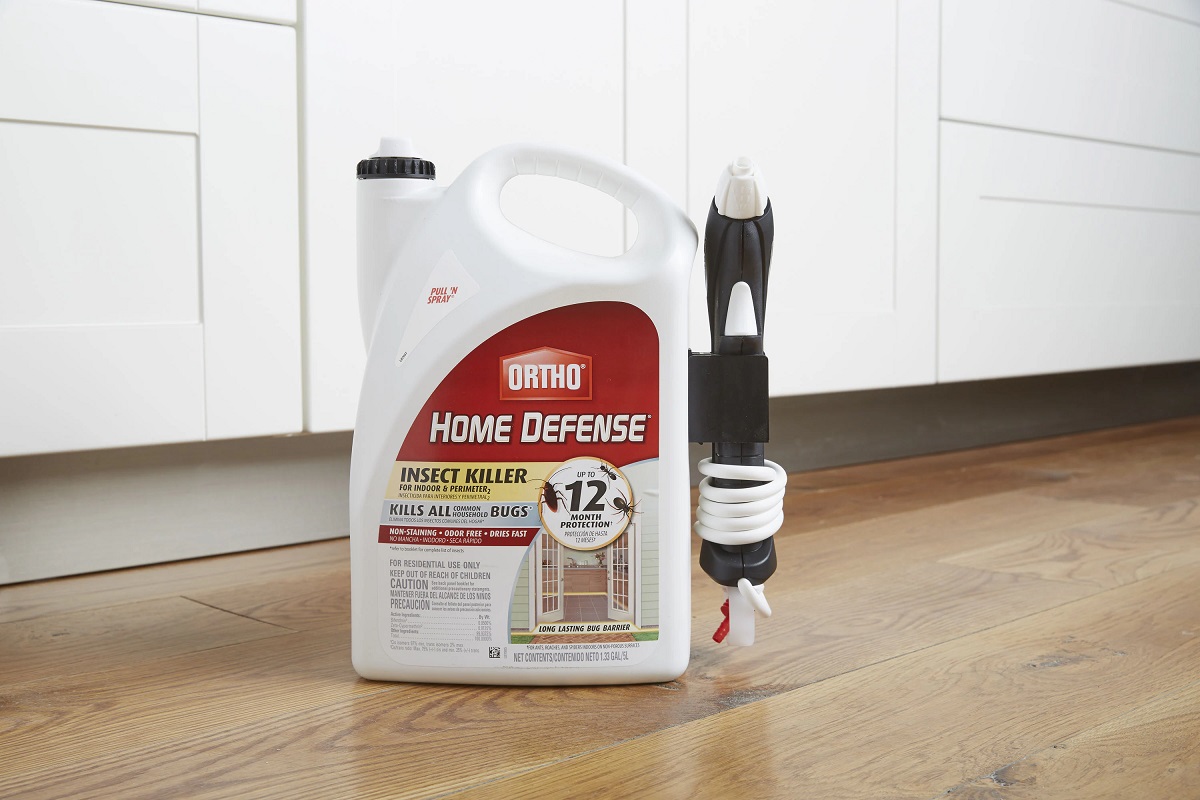
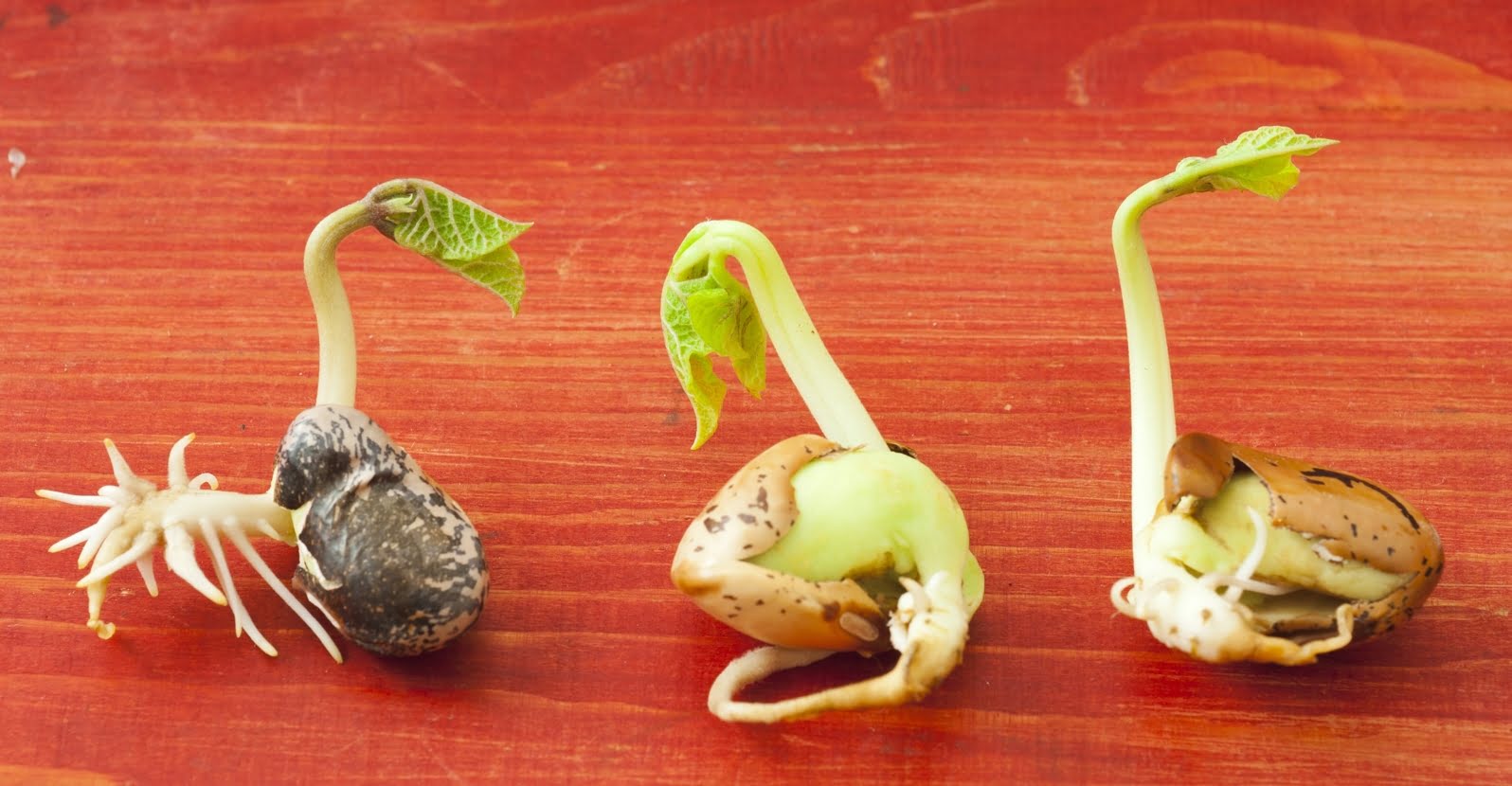
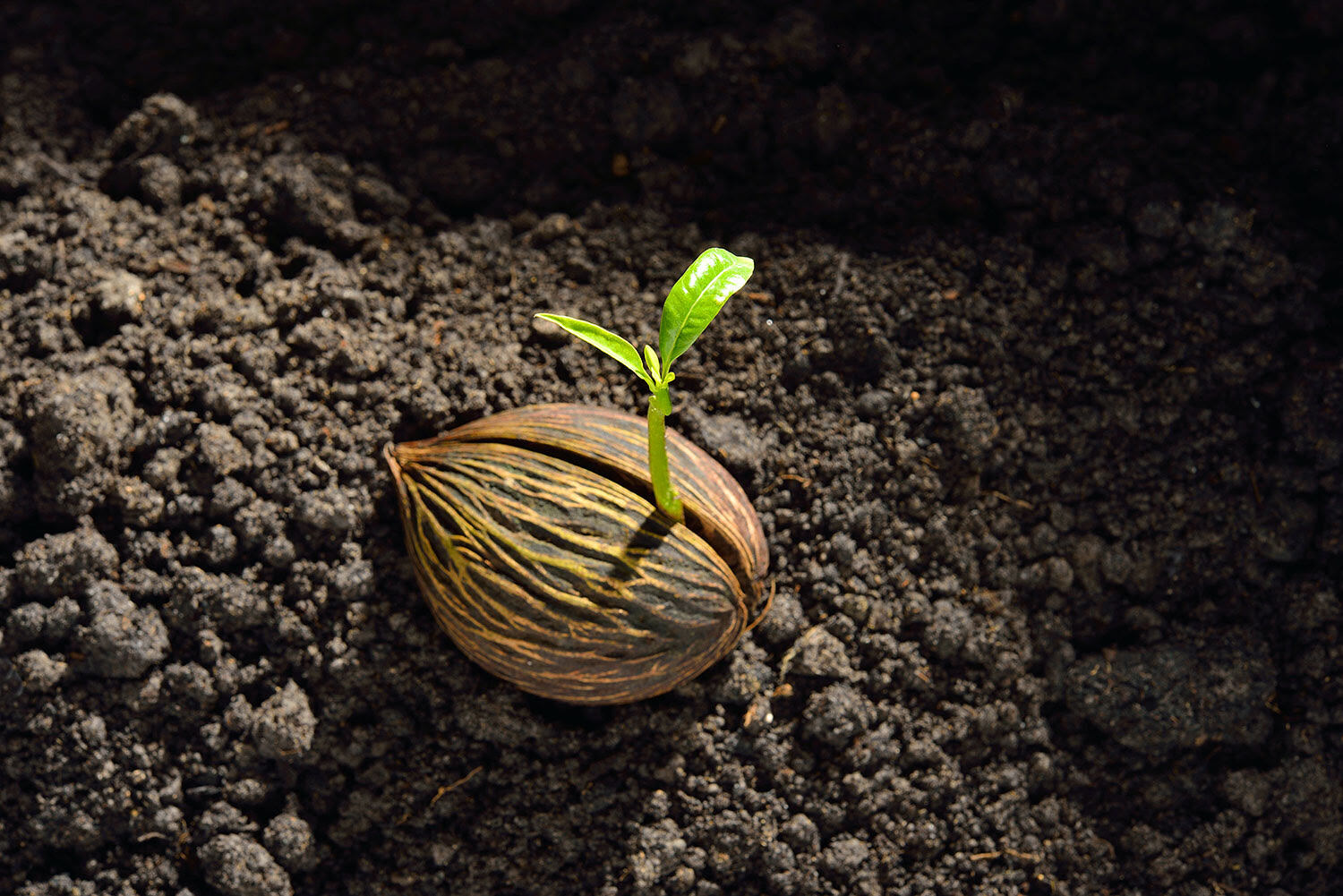








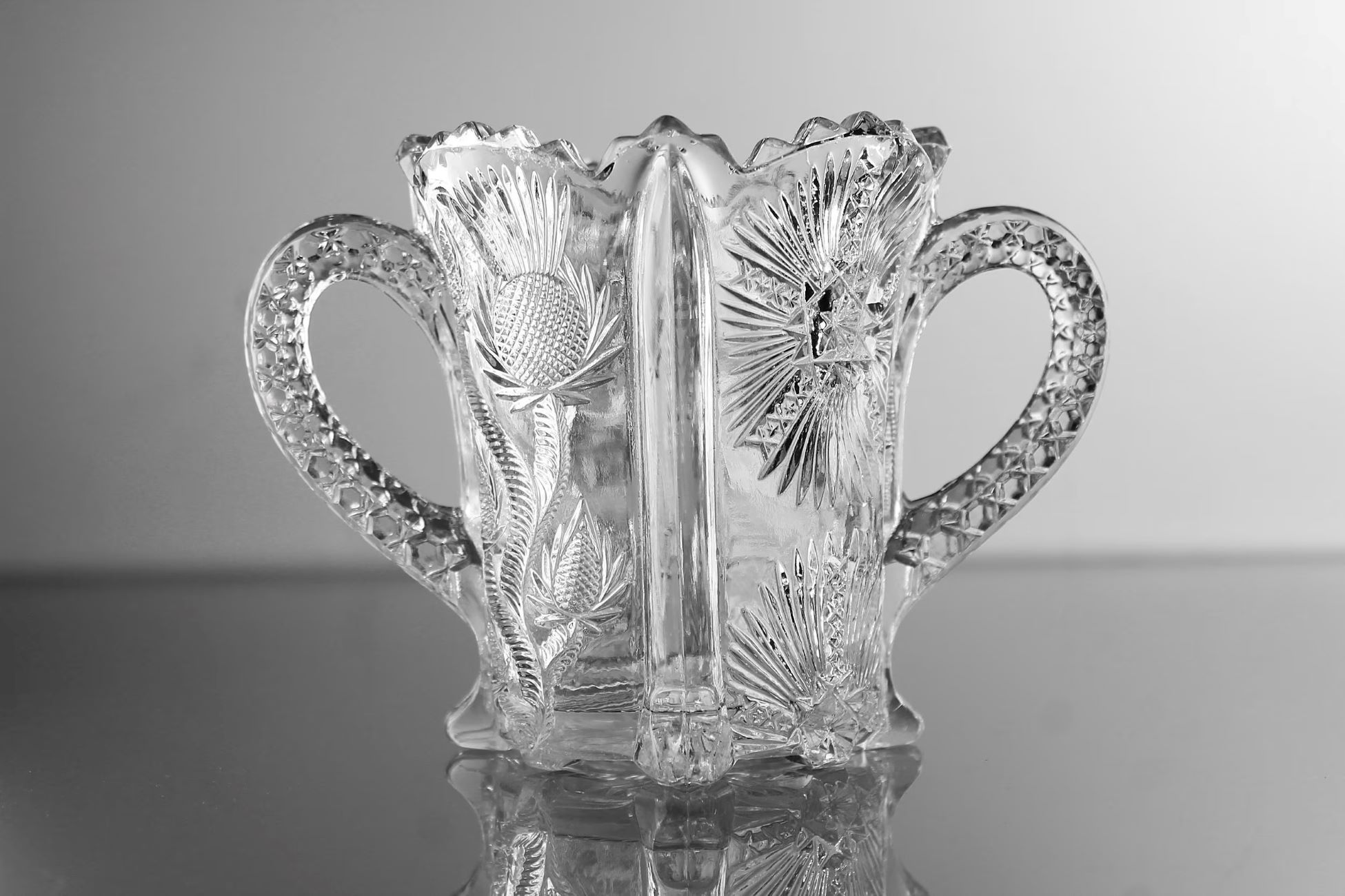
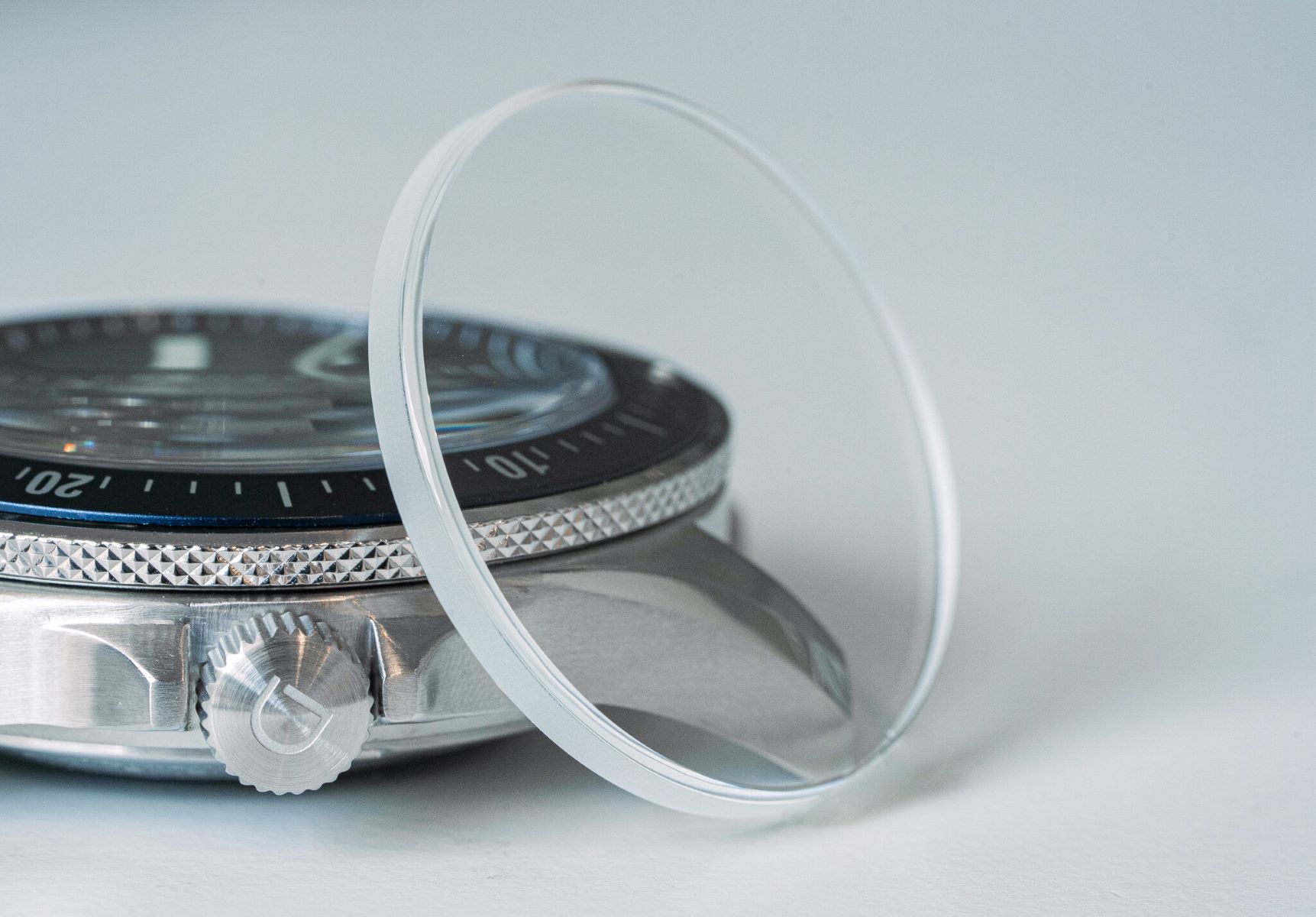
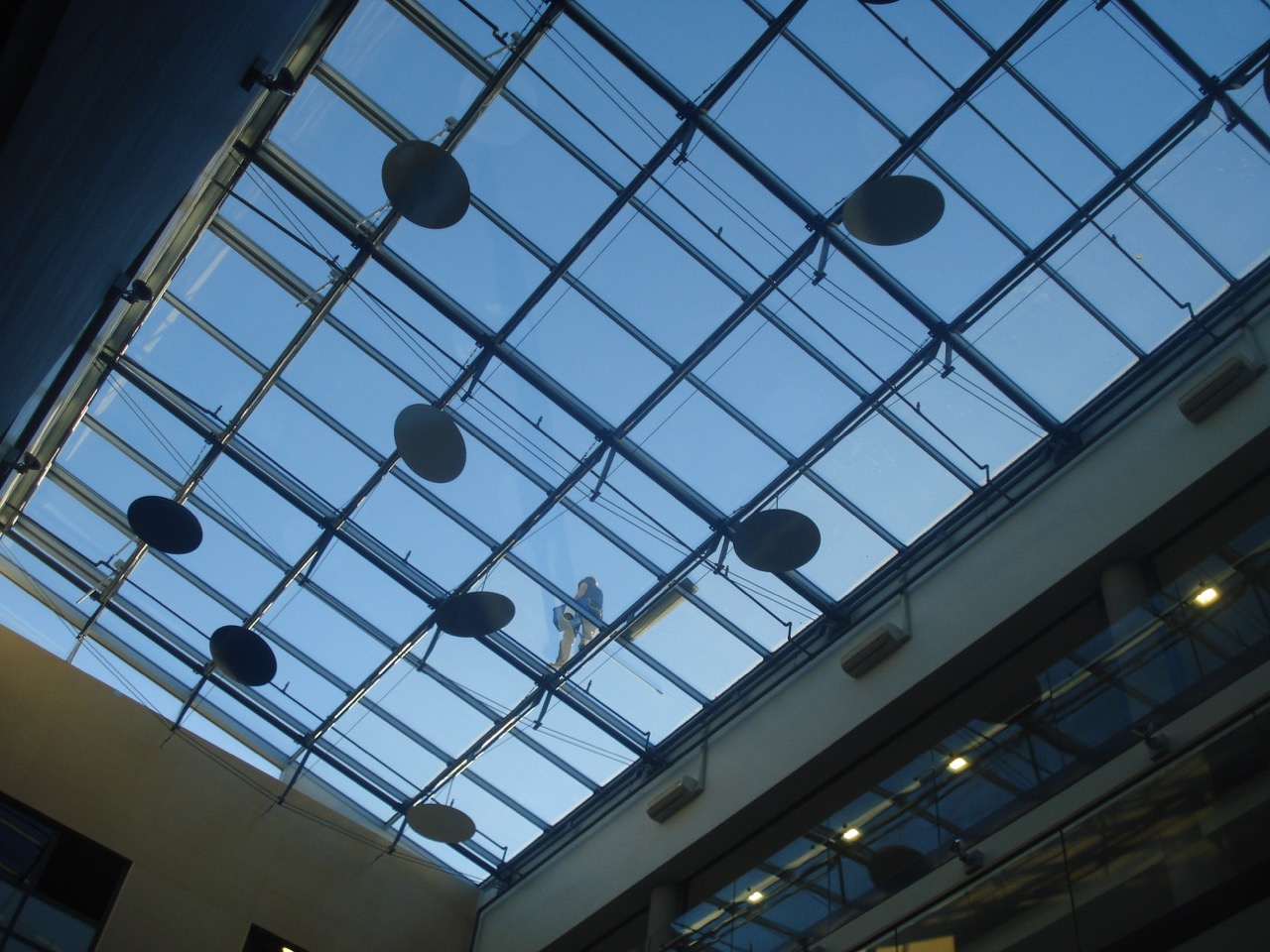
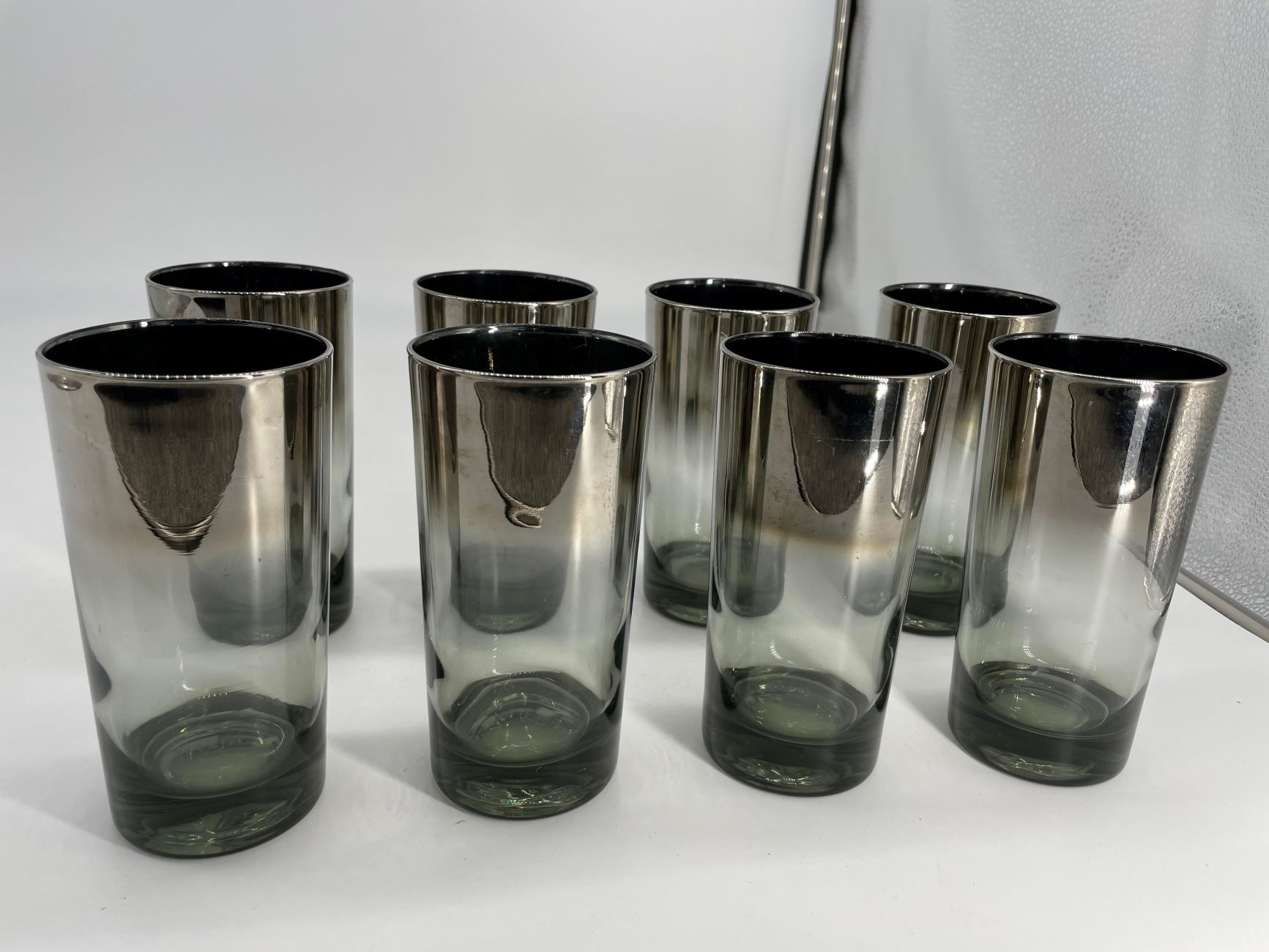

0 thoughts on “What Is The Main Ingredient In Glass?”